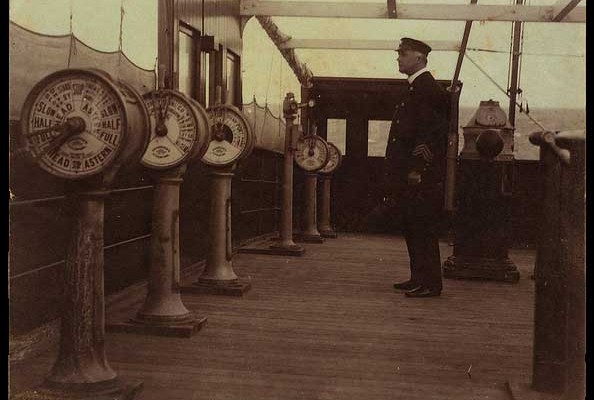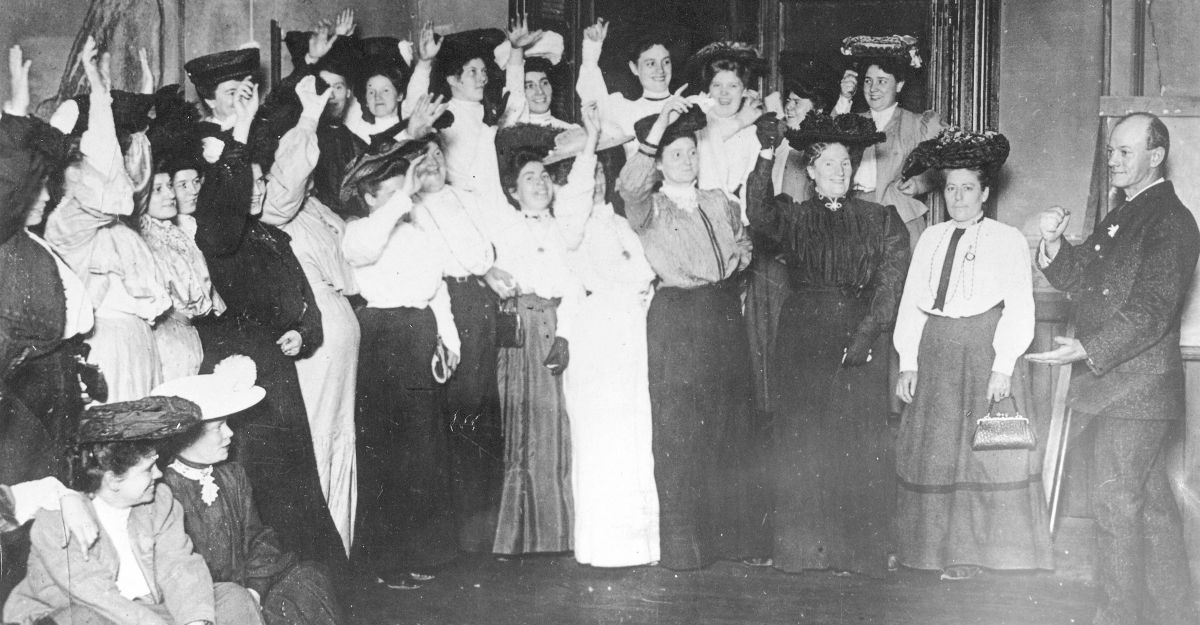In May 1925, Australian seaman and returned serviceman Noel Lyons was deported from New Zealand. His crime: encouraging fellow workers to slow down.
The quality of food served to trans-Tasman seamen had always caused discontent, especially when compared to the fine dining lavished upon first-class passengers. The situation came to a head aboard the Manuka when the crew refused to leave New Zealand’s capital of Wellington until their food was improved. The press quickly dubbed the incident the ‘ham and egg revolution’, and mocked the crew for their unreasonable demands.
But as the owners of the Manuka, the Union Steamship Company, made clear to reporters, the real issue was ‘the deliberate attempt to institute job control’ via the go-slow. Throughout the voyage Lyons – a coal trimmer – and his comrades had used the go-slow to good effect, hindering the running of the ship. Using the pretext of radical literature found on board, Lyons was read the Undesirable Immigrant Exclusion Act (1919) and given 28 days to leave New Zealand.
Instead, Lyons and the crew walked off their Sydney-bound vessel singing ‘Solidarity Forever’ and convened a meeting at the local communist hall.
Three-hundred people packed into the hall on Manners Street to hear Lyons speak about the ham and egg strike. ‘I have been described as a paid agitator,’ said Lyons, ‘but it is a well-known fact that all who take an active part in attempting to better the condition of the worker … develop whiskers overnight, and appear as a Bolshevik.’ Despite resolutions of protest from numerous unions, Lyons was imprisoned for two weeks before being shipped to Australia.
The idea of employees working as slowly as possible while still earning pay was a step too far for those in power, even within the so-called workers’ paradise that was New Zealand. Not only did it threaten production (and profits), the collective withdrawal of workplace efficiency challenged the social relations central to the wage system itself. Lyons was sent packing, all expenses paid by the state.
This example of direct action may be close to a century old, but it is timely. Workers across New Zealand are striking in larger numbers and more frequently than they have for decades. Half-day or full day strikes by nurses, teachers, and public servants have made the headlines and inspired many within and outside the union movement (around 17% of the New Zealand workforce is unionised). That workers are taking strike action – albeit within the limited confines of the law – has seemingly heralded a new period of class struggle.
Revisiting other forms of strike action might just widen the horizons of these struggles. When labour laws continue to restrict strikes to a narrow passage of time, making strikes outside of re-negotiating a collective agreement illegal, going slow and the related tactic of working-to-rule are useful means of fighting the boss on the job.
The go-slow has a long history. One widely publicised example of a successful go-slow is the 1889 Glasgow dockers’ struggle. After weeks of costly strike action had failed, the workers decided to end the strike. But they went back to work armed with a novel plan. As Geoff Brown notes in Sabotage, the ‘dockers returned to work, and for two or three days went “canny”, and worked as slowly and inefficiently as the blacklegs [scab labour] had worked.’ It was not long before the employers gave in to their demands.
The dockers’ ca’canny or go-slow made a splash in labour circles, and was soon popularised by other workers’ movements such as the Confédération Générale du Travail (CGT) in France, and members of the Industrial Workers of the World (IWW).
In New Zealand, the go-slow was actively promoted by the local IWW from at least 1907. But it was during the First World War that the go-slow was most used to good effect. Watersiders, miners, drivers, and tramway workers were all going-slow during the war, prompting the Defence Minister James Allen to write in 1917: ‘It is the most serious problem that we face at the present time … we cannot possibly allow this fatal practice to get hold in New Zealand or else the nation is doomed.’
As a result, the War Regulations of 16 February 1917 included going slow in the category of seditious strikes.
Despite continued legislation against it, examples of going slow remain a constant feature of workers’ struggle in New Zealand during the twentieth century. From sailors in the 1920s to meat workers in the 1970s, it was a much-used tactic to complement or continue more traditional forms of strike activity.
Like all tactics however, the go-slow has its pros and cons. Going slow is not an option for unwaged workers or caregivers, whose labour is often a matter of life or death for those in their care. In New Zealand, going slow is also illegal. Labour law defines going slow as ‘the act of a number of employees who wholly or partially stop work or reduce normal performance of work’, making it a strike. Asking people to challenge both the law and the work ethic is difficult. As Kathi Weeks notes in The Problem with Work: ‘the gospel of work and the work ethic have so colonized our lives that it is difficult to conceive a life not centered on and subordinated to work.’
The point is to draw upon the best tactics available. But to do so means expanding the toolbox to include the go-slow and other forms of on-the-job activity. When done collectively, and done well, the go-slow is an excellent means of winning a demand. As the IWW saying goes, ‘Slow Down! The hours are long, the pay is small, so take your time and buck ’em all.’





